C makes U hang yourself;
C++ even gives U a rope object to hang;
C# scourges U using a rope wrapper!
 rarely talk about programming unless it comes to some new idea or something fun. However, in this article, I’m going to summarize a part of experiences in my career, about important concepts that I’ve learned and used: signals and slots. First appear and remain as fundamental concepts in the Qt library (“Qt” pronounced “cute” – which is so cute as a cross-platform application framework), the concepts has been adapted and developed into some other libraries (such as boost) and are being proposed as next standards for C++ language.
rarely talk about programming unless it comes to some new idea or something fun. However, in this article, I’m going to summarize a part of experiences in my career, about important concepts that I’ve learned and used: signals and slots. First appear and remain as fundamental concepts in the Qt library (“Qt” pronounced “cute” – which is so cute as a cross-platform application framework), the concepts has been adapted and developed into some other libraries (such as boost) and are being proposed as next standards for C++ language.
Please note that we’re talking C/C++ here, although signals & slots has been brought to many other languages (Java, Python, Ruby, JavaScript, etc.) Every coin has two sides and C/C++ is no exception, it has its own advantages and disadvantages (depend on types of applications). But the thing I like about C/C++ is that its half – civilized nature made it a strong language: the balance between abstraction and comprehensiveness has always been considered as core factor.
Noone want to build general applications using Assembly, and noone want to write lengthy code just for some simple features. To adhere the doctrine, strong – abstraction concepts must be introduced to capture grammar of the language, and simple, clear syntax that would make the code concise and comprehensive.
I came to signals & slots as solution to problems I’ve met when leading the CMS project, a DVRs managing software (client & server) with complicated GUI: a few screens, each screen can have a dozen tabs, each tabs can have hundreds of controls. Events on one control can affect other controls on other tab or screen, events can be user inputs as well as various signals come from dozens of (managed) network client machines.
The overwhelmingly – complicated communications surpass every MPM (message passing method), then signals & slots appeared as a saviour solution. To be simple, signals & slots is a very efficient mean of interaction between objects within a process space. I personally think it would be the next metaphor extension added to C/C++ language. Structure of this post would be as follow:
1. Introduction to signals & slots, from raw to abstract concepts.
2. ISO C++ compliant and cross – compiler, cross – flatform problems (would discuss about delegate and how function pointer has evolved from C to C++).
3. Different implementations of signals & slots: Qt, boost, sigslot, libsigc++…
1. INTRODUCTION
Flow of code is no more than a series of function call, and to perform asynchronous function call, traditional C programming use callback. A callback is a pointer to a function, so if you want a processing function to notify you about some event, you pass a pointer to another function (the callback) to the processing function. Callbacks have two fundamental flaws: firstly, they are not type-safe, we can never be certain that the processing function will call the callback with the correct arguments. Secondly, the callback is strongly coupled to the processing function since the processing function must know which callback to call. In C, to define function pointer, you would write something like this:
typedef float (*MyFuncPtrType)(int, char *);
MyFuncPtrType my_func_ptr;
When move to C++, things are a bit more complicated (note the weird syntax ->* to call a member function through pointer).
my_memfunc_ptr = &SomeClass::some_member_func;
SomeClass *x = new SomeClass;
(x->*my_memfunc_ptr)(6, "Another Arbitrary Parameter");
Though a very strong concept in C, function pointer add little to the language C++. The only two uses of member function pointer in C++ are:
-
Demonstrate the tricky syntax of the language.
-
Help in implementation of delegate.
Now, imagine slots as invisible communication channels, every object can register to listen to some channels by providing delegates (pointer to a member function). The delegate would be invoked when slot is “filled” with a signal. The signals and slots mechanism is type safe: signature of a signal must match signature of the receiving slot. Signals and slots are loosely coupled: a class which emits a signal neither knows nor cares which slots receive the signal. To summarize the benifits:
-
Syntactically neater: signals & slots make for very readable code: you define the signals, you define the slots, then you wire them up.
-
Inherently robust: when either end of a signal/slot connection is destroyed, the connection is automatically removed. It is therefore impossible to emit a signal and have it arrive at a class that has already been deleted. Best of all, you don’t need to write any cleanup code.
-
Easier code reuse: since the thing that has to type-agree is the signal and the slot, not the whole class interface, it is much easier to plug together disparate classes that had never initially been intended to work in that way.
2. DELEGATE
To summarize section 1: pointer is the root of all evils. Function pointer is the physical of callback method traditionally used in C programming. When evolved to C++, the C++ standard committee failed to address how to define function pointer to a single C++ object. With common-sense knowledge, we know that it take two elements to represent the thing: first is the address of the object itself (the implicit pointer this), second is pointer to the object’s member functions. The undefined land leads to different implementations across various compilers.
Contrary to common belief, the actual physical storage of pointer differs between various compilers, and even differs between types of pointer, e.g: pointer to a single – inheritance object, an multiple – inheritance one or virtual inheritance. The table below shows how many bytes it take to store pointers on different compilers (just make use of the operator sizeof). Then to calculate the actual member function’s address, each compiler uses one kind or another of offset:
{
CODEPTR m_func_address;
int delta, vindex;
};
if (vindex==0) adjustedthis = this + delta;
else adjustedthis = *(this + vindex –1) + delta;
| C++ compiler |
void* pointer |
function pointer |
single inheritance |
multiple inheritance |
virtual inheritance |
| MS VC++ | 4 | 4 | 4 | 8 | 12 |
| GNU G++ | 4 | 4 | 8 | 8 | 8 |
| Borland C++ | 4 | 4 | 12 | 12 | 12 |
So, delegate is just the new name for pointer to (an object’s) member function. The hard part really is that: since each compiler stores different type of pointers differently, there’s need for a way to store delegate in a universal manner: cross compilers and cross flatforms. Various techniques have been proposed by excellent programmers. Please refer to the articles below for specific techniques. I personally would prefer the method of Quynh Nguyen, an engineer at Global Cybersoft (Vietnam) Ltd.
-
Don Clugston: Member Function Pointers and the Fastest Possible C++ Delegates.
-
Sergey Ryazanov: The Impossibly Fast C++ Delegates.
-
Quynh Nguyen: A new way to implement Delegate in C++.
3. IMPLEMENTATIONS
To make those obscured concepts above clearer, I would go into some detailed implementations of signals & slots with the emphasize on the sigslot library, for this is really a compact lib: everything is contained in just one header file. Suppose you have a server that would receive some signal from network (tcp socket), then parse the received data and trigger some processing (display on GUI, store to disk…). We would define the “network signal” as follow (please note any number of parameters can be defined, we use an int and a char* here just for the example):
// a signal with 2 parameters
signal2<int, char*>m_netSig;
Then, at the place you want to process that event, e.g some class CDisplayForm, you would need to provide a function to process the signal:
{
// the delegate would be invoked
// when the signal is recieved
}
Please note that multiple objects can register to a same signal slot (and vice versa), e.g some class CRecordThread would also need to log that event to database. Then the listening objects would just register with the signal slot using a connect function:
// here to be called later
m_netSig.connect (this, &CDisplayForm::OnNetSig);
When the network signal arrive, e.g in some class CAsyncSocket, we would fire the signal and get it populated to all connected objects:
m_netSig.emit (NETSIG_DATA_RECEIVE, xmlStr);
Then the CDisplayForm and CRecordThread object would both receive the signal. Please note that when either end of the communication channel go out of scope, the connection is automatically removed, you don’t have to write any cleanup code. Just define the signal, the slot and wire them up! Any unrelated classes can be wired up in this type-safe manner without any pre-defined relation within them.
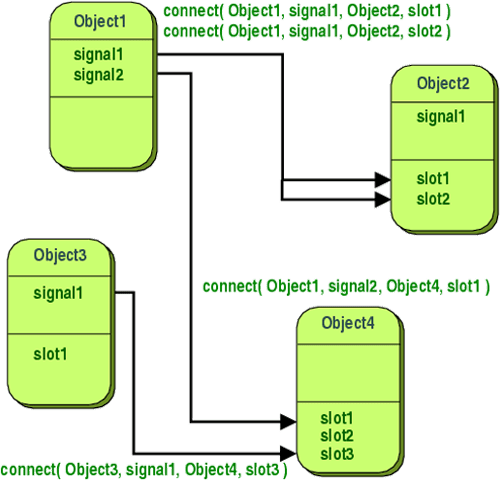
Speaking as an ex-hardware designer, I’d like software components to have pins around their edges, like ICs, so they can be ‘wired up’, but otherwise should be well behaved… I don’t want to know how that pin is wired internally – I just want to know that it will work when I send a signal into it.
(Sarah Thompson – sigslot library)




 ộ truyện tranh Lucky Luke thú vị trong từng chi tiết nhỏ: một lão thợ hớt tóc người Ý (thợ hớt tóc luôn phải là người Ý) mang cái tên Baldini (chẳng phải đã có câu thành ngữ:
ộ truyện tranh Lucky Luke thú vị trong từng chi tiết nhỏ: một lão thợ hớt tóc người Ý (thợ hớt tóc luôn phải là người Ý) mang cái tên Baldini (chẳng phải đã có câu thành ngữ: 






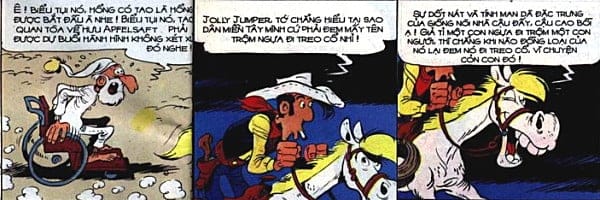

 ột trong những bài hát hiếm hoi của Trịnh Công Sơn mà tôi thích, nhất là khi nghe không lời. Một trong số ít ỏi những bản nhạc của ông ăn sâu vào tâm hồn tôi như là kỷ niệm… Những trình bày khác nhau của bản nhạc, một hòa tấu piano, một độc tấu guitar (
ột trong những bài hát hiếm hoi của Trịnh Công Sơn mà tôi thích, nhất là khi nghe không lời. Một trong số ít ỏi những bản nhạc của ông ăn sâu vào tâm hồn tôi như là kỷ niệm… Những trình bày khác nhau của bản nhạc, một hòa tấu piano, một độc tấu guitar (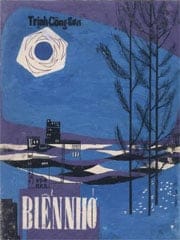

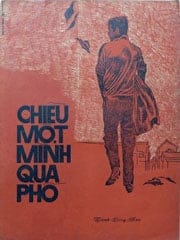
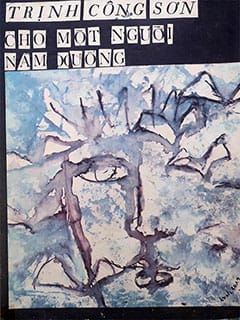

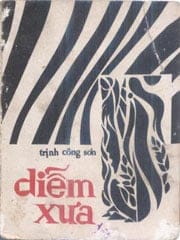
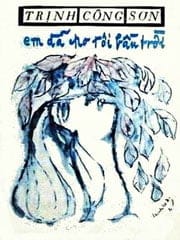







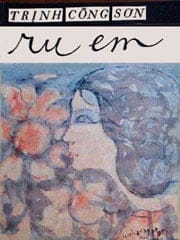

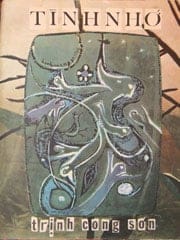
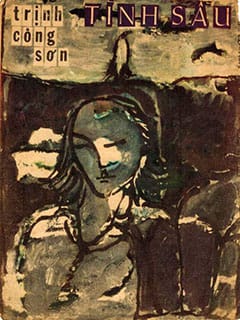




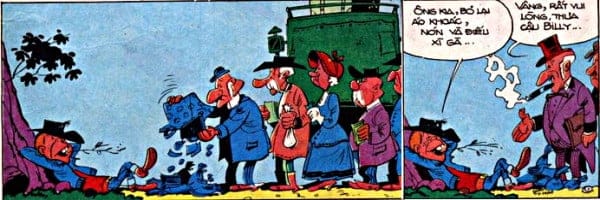

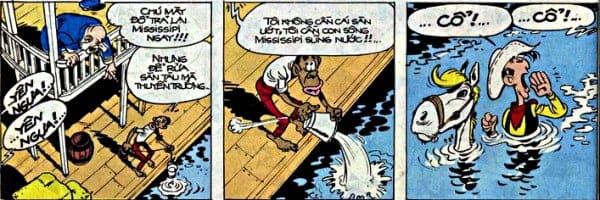






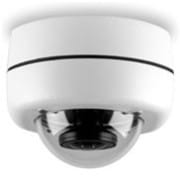
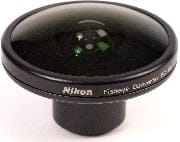
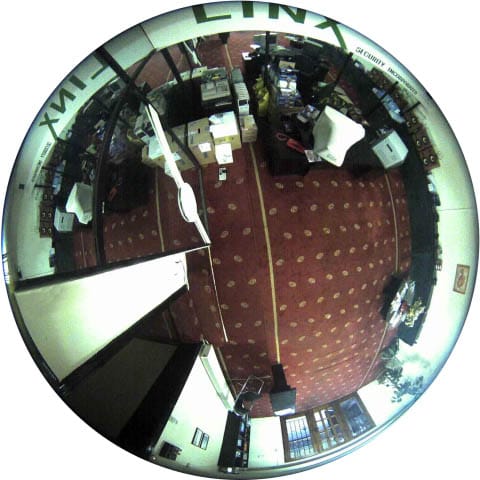
 his is among the most interesting things I’ve ever worked on: Ipix’s CommandView™: fish-eye cameras which provide a 360° x 180° field of vision. This camera and it’s technology were very special and advanced at the time, about 3, 4 years ago, it were so new that the manufacturer could not survive the small market share and went bankruptcy. However, the technology has now revired at
his is among the most interesting things I’ve ever worked on: Ipix’s CommandView™: fish-eye cameras which provide a 360° x 180° field of vision. This camera and it’s technology were very special and advanced at the time, about 3, 4 years ago, it were so new that the manufacturer could not survive the small market share and went bankruptcy. However, the technology has now revired at 

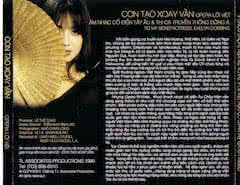
 ốn dĩ tính không thích giải thích, nên chọn cách nói bằng nhạc. Hôm nay xem lại những post của mình, cảm giác: tệ! nói (viết) nhiều mà chẳng có nhiều điều mới! Nếu làm tư liệu thì đã có khối những web khác, nếu là tâm sự cá nhân thì hơi lang bang. Muốn diễn đạt điều gì mới (cho dù là trong những thứ cũ) nhưng sợ không có người đồng cảm.
ốn dĩ tính không thích giải thích, nên chọn cách nói bằng nhạc. Hôm nay xem lại những post của mình, cảm giác: tệ! nói (viết) nhiều mà chẳng có nhiều điều mới! Nếu làm tư liệu thì đã có khối những web khác, nếu là tâm sự cá nhân thì hơi lang bang. Muốn diễn đạt điều gì mới (cho dù là trong những thứ cũ) nhưng sợ không có người đồng cảm.